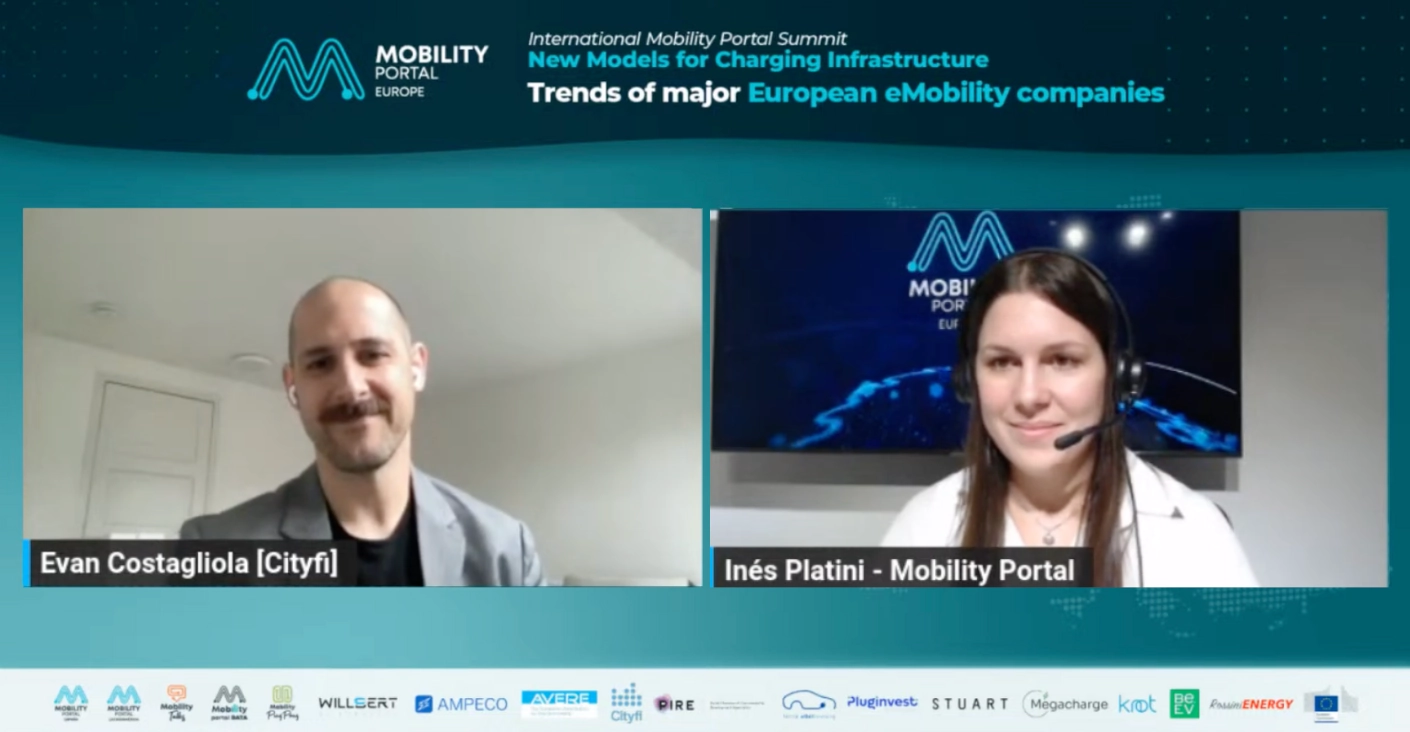Undoubtedly, the Netherlands stands out as one of the European countries progressing most rapidly in the eMobility transition.
Currently, they boast over 145,000 installed semi-public charging points, as per data provided by the Nationale Agenda Laadinfrastructuur (NAL).
Furthermore, in 2023, 369,791 new electric cars were registered, according to official statistics published by the RAI, BOVAG, and RDC Associations.
Despite these achievements, the swift electrification poses a significant challenge concerning the electrical grid, as there is concern it may collapse in the near future.

Evan Costagliola, Senior Principal at Cityfi, points out: “The Netherlands is somewhat a victim of its own success.“
He further explains: “The Dutch electrical grid really cannot handle the rapid pace of electrification that is occurring and the growing number of charging points being installed.”
In this regard, Energy Minister Rob Jetten warns that the country’s electrical grid is at the saturation limit in all provinces.
Faced with this issue, the government and network operators are taking urgent measures to ensure sufficient capacity in the electrical grid, especially during peak demand times.
This is particularly crucial to prevent power disruptions during peak hours.
Recently, Stedin, a regional Dutch network operator, has requested public electric vehicle charging stations to be disconnected between 4:00 PM and 9:00 PM.
The company deems this measure necessary, as the grid is at its limit during those hours.
The operator anticipates that, in the coming years, 20 percent of the capacity in major cities will need to be allocated to public charging stations.
Additionally, it indicates that for every charging station turned off during the evening peak, a new home can be connected to the electrical grid, as reported by the Dutch public broadcaster NOS.
“It’s a bit of a shocking headline, but it’s a policy direction that is being seriously considered,” asserts Costagliola.
According to a forecast published by the ElaadNL knowledge center, in 25 years, there will be ten million electric cars circulating in the Netherlands.
To charge them, more than 1.3 million publicly accessible charging points are needed.
To address the high energy demand and the potential collapse of the electrical grid, significant innovation and solutions are required.
Smart charging is one of the key opportunities, as well as flexible demand network management and energy storage.
These new technologies should be implemented for both new and existing charging stations.
However, an innovative solution that the Netherlands is advocating, according to Costagliola, is investing in robust public transportation and cycling networks, so that the Dutch do not have to rely on their own cars for all their travels.
“I consider this a truly effective, efficient, and economical way to distribute and extend the charging demand over time,” he notes.
Additionally, a solution that Amsterdam is implementing at its charging stations is operating them with flexible charging speeds.
This means that if many cars are charging simultaneously and there is limited capacity in the electrical grid, less energy will temporarily reach the eCars.
By allowing the charging speed to change with the number of connected vehicles, the capital’s network is better equipped to handle its capacity issues.
How does this impact the deployment of charging points in the Netherlands?
Some fear that the current grid problem may hinder the deployment of charging points that the Netherlands is undertaking.
However, the country continues to be a leader in Europe.
In this regard, the Cityfi representative states that the continent is a bit ahead of the United States in deployment.
At the end of last year, EU countries had approximately 650,000 public chargers, and if non-EU are included, that number increases to around 775,000.
“Approximately a quarter of these public chargers are located in the Netherlands, where they have done a fantastic job implementing chargers across the country,” he emphasizes.
Despite being a significant number, Costagliola maintains that the construction trend needs to continue “at an even faster pace,” as 650,000 are not enough to meet consumer demand.
In this regard, he asserts that by the end of 2025, approximately one million public chargers need to be in place.
Moreover, it is essential to drive deployment tailored to end-user needs and implement a human-centered network design that facilitates their access to it.
“We need to do a better job connecting with the end consumer before continuing to build their charging network,” he underscores.
It is also necessary to simplify processes and remove barriers to reduce service time and planning time related to installation.








